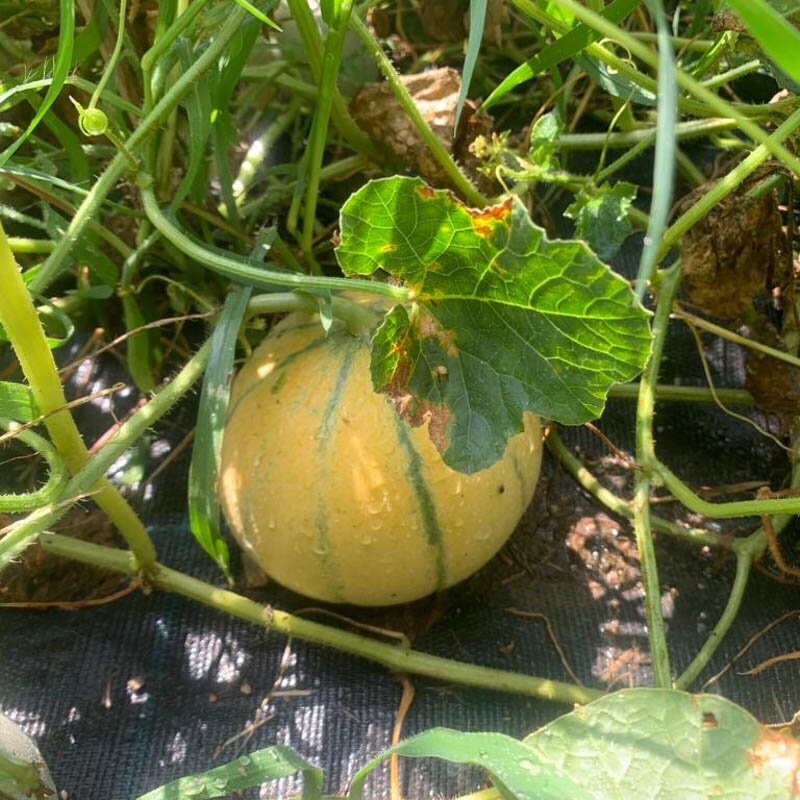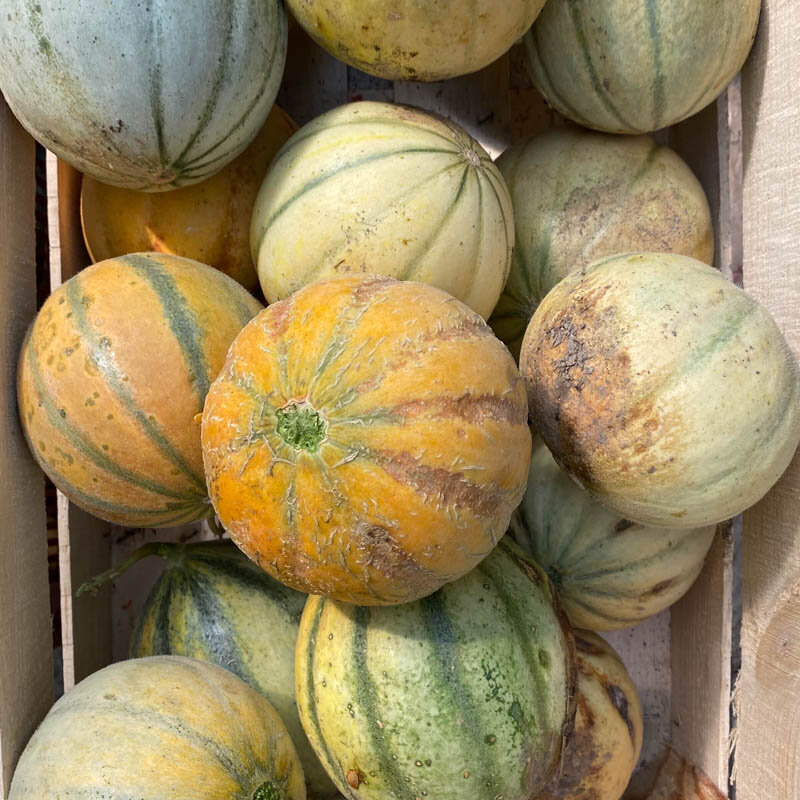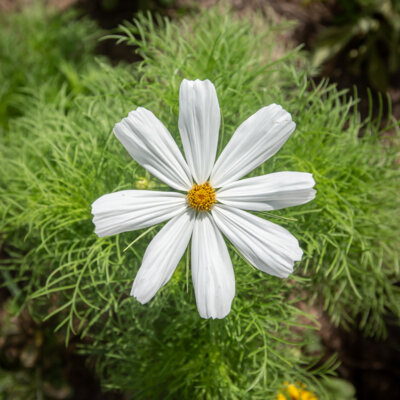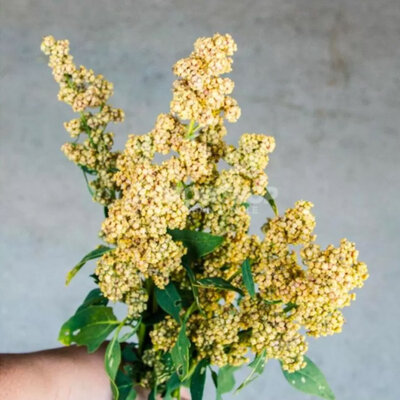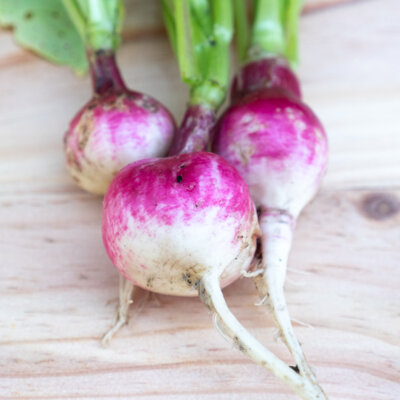Rouge de Cavaillon - Melon
Melon de Cavaillon, or Rouge de Cavaillon, is an ancient French variety that produces round, smooth-skinned fruit similar to Charentais melons. Their orange flesh has a pleasantly sweet taste.
Characteristics of the Rouge de Cavaillon melon
The Cavaillon melon or Rouge de Cavaillon, Cucumis melo, is an ancient variety, originally from the Midi region of France, mentioned in 1883 in the book Les Plantes Potagères by Vilmorin-Andrieux. It produces round, embroidered fruits 15 to 20 cm in diameter, with juicy, fragrant orange flesh. Its sweet taste can be enjoyed in salads, soups, jams or sliced plain.
When to sow the Cavaillon red melon?
Cavaillon melon is sown in pots, 6 to 8 weeks before transplanting, from March to April, in bunches of 2 to 3 seeds. Place seedlings under a bright, warm shelter, at a temperature of between 18 and 21°C. Keep substrate moist until seeds emerge. Transplant melon seedlings with the root ball in the vegetable garden, after the last frosts. From April to May, when outside temperatures no longer fall below 15°C, you can sow directly in the ground, in bunches of 2 to 3 seeds. Melons need plenty of light and warmth to reach maturity before the frosts.
Prepare holes filled with compost or organic matter 2 weeks in advance, spaced 1 m apart in all directions, to accommodate the melon plants or seeds. In cooler regions, it's advisable to warm up the soil with mulch before planting, and to leave only one to three fruits per plant to encourage the ripening process. To encourage height growth and free up space on the ground, install sturdy supports when transplanting the plants.
Water freshly transplanted seedlings regularly, avoiding wetting the foliage, then reduce watering as the fruit ripens to increase sugar content and concentrate flavours. Mulch the soil to keep it cool and limit water evaporation. In the vegetable garden, Cavaillon melon enjoys the company of corn, radishes, beans and leeks. It's best to keep it away from other Cucurbitaceae (squash, cucumber, etc.) and potatoes.
When to harvest Cavaillon melon?
The Cavaillon melon is harvested from July to October, when the fruit changes color and gives off its typical fragrance. In addition, the skin around the stalk begins to crack, while that on the opposite side becomes tender. Cut the fruit as close as possible to the stem, a few centimetres above the stalk. They will keep for several days in a cool, dark place.
This variety can be enjoyed plain, as a velouté or in a salad. Its mild, sweet flavor goes perfectly with cured ham, mozzarella and basil. This melon can also be made into jam, flavored with vanilla and citrus.
These products may also be of interest to you
in the ground, in bucket
Sow in pots at a temperature of between 20 and 25°C, 6 weeks before planting. Transplant with the root ball, after the last frosts, in planting holes enriched with compost, spaced 1 m apart in all directions. Sowing in the open ground under the same conditions is possible when the soil is well warmed and outside temperatures no longer fall below 15°C.
Melons need plenty of light and warmth to ripen before the frosts.
March, April, May
April, May
July, August, September, October
in the ground, in the greenhouse
sunny
fort
limestone, humus
reheated, rich, drained, light
Cucumis melo
mid-season
From 500 to 1000 g
25 seeds
round
fine
Red, Orange
From 15 to 20 cm
runner
France
1883
"Vilmorin-Andrieux "Les Plantes Potagères
This ancient variety originated in the Midi region, near Cavaillon.



